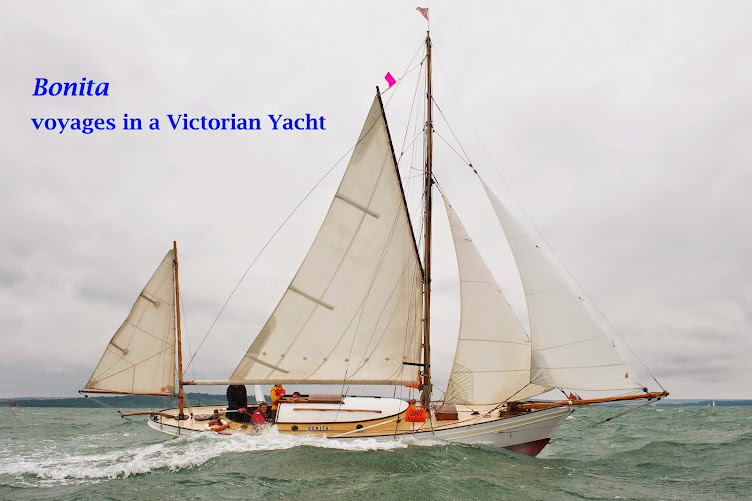Sadly after a few hours our favourable wind petered out so we ended up motoring.
 |
| Marken lighthouse |
The first picture shows the picturesque lighthouse at Marken, a few miles from Amsterdam.
Bonita's elderly engine has been given plenty of use on this trip and can usually get us along at about 4 knots in smooth water. As we were approaching the lock into the canal that runs to Amsterdam however we noticed a serious reduction in power. We launched the dinghy to investigate this, and with the engine turned off it is possible to reach over the side from the dinghy and feel the propeller. We found that the prop was completely choked with a huge mass of long stringy Markermeer weed. The photo shows a small part of the weed that I removed. After this the engine worked fine and normal service was restored.
Lesson from this no 1 : a great advantage of a propeller mounted to one side of the boat ( quarter mounted) is that it is easy to reach if anything gets tangled up in it. I have previously cleared a length of rope caught on the propeller by reaching down from the dinghy.
 |
| Markermeer weed |
This excitement over, we locked into the North Sea canal and moored up in a marina in Amsterdam. Here Calismarde's crew was strengthened by the arrival of William and Lucy, but sadly Ellen had to go home. She is going home by bus which will take hours and sounds hardly preferable to crossing the North Sea in a small boat.
There is much discussion of the weather forecasts and the prospects for heading westwards in the next day or two.
















































